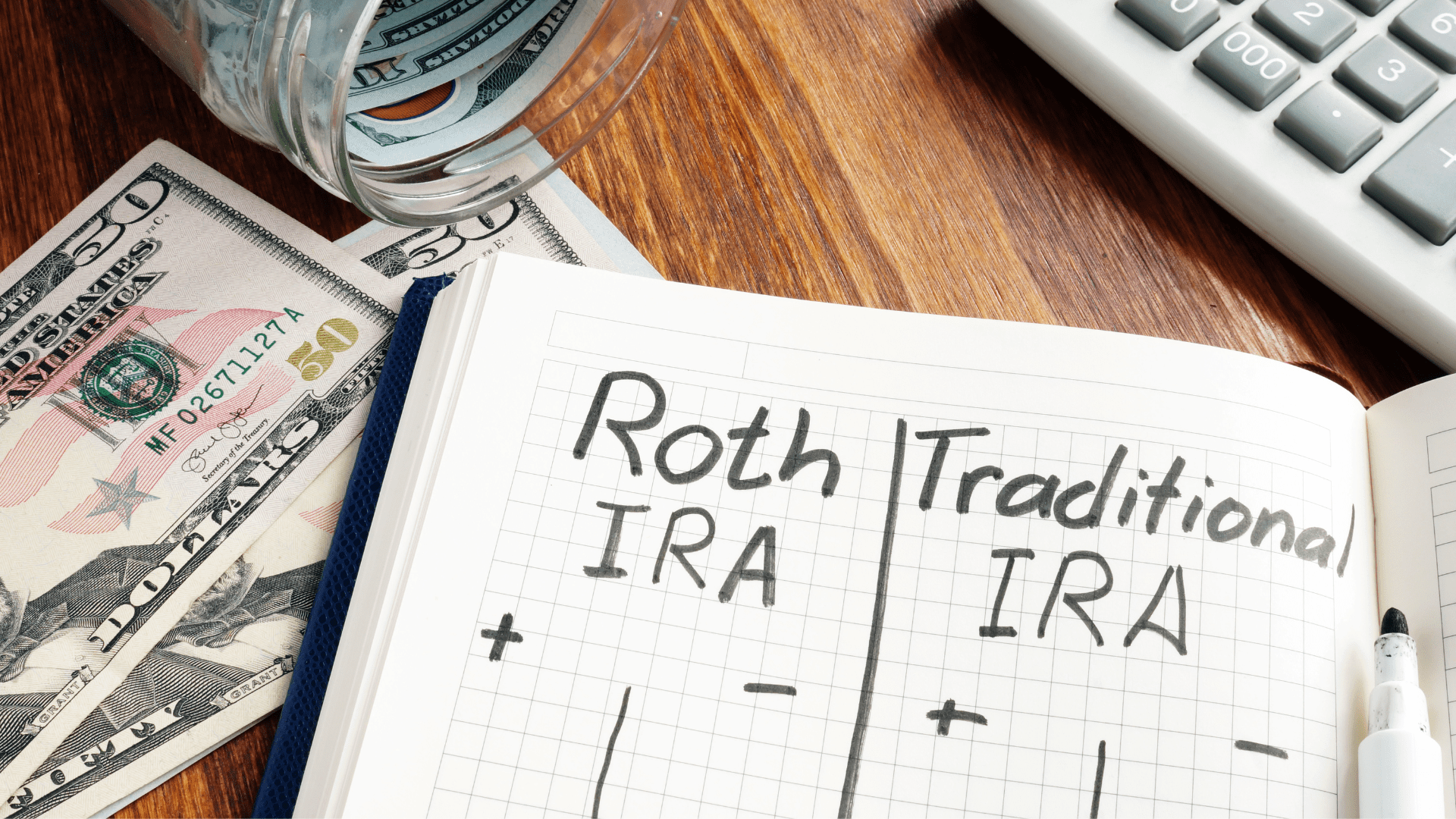CWCJ – Senior Advisor
This could be the perfect time to convert a traditional Individual Retirement Account (IRA) to a Roth IRA.
Roth IRAs have often provided significant benefits to investors. Money in these accounts grow tax-free, there are no required minimum distributions (RMDs) beginning at age 72 and no income tax is due on any money withdrawn from these accounts for qualified distributions.
For years, we have been advising people to take assets in a traditional IRA — which is funded with pre-tax dollars and only income taxed when the funds are withdrawn – and convert them into a Roth. Doing so will help diversify a person’s sources of income and can lower taxable income during retirement while enabling them to leave more money to their heirs.
But there is another reason to move ahead on this strategy sooner than later. Because investors need to pay taxes on the money converted from a traditional IRA into a Roth, they can take advantage of historically low federal income tax rates. In addition, the current volatility in the stock market means the assets in traditional IRA accounts are likely worth less than six months ago. Investors can either pay less in taxes on a smaller conversion amount or convert a greater percentage of their accounts for the same tax cost compared to when market values are higher.
The Tax Cuts and Jobs Act passed in 2017 lowered tax rates for everyone, dropping those in the highest tax bracket to 37 percent. But President Biden has proposed repealing this law and restoring the top income tax rate for individuals earning more than $400,000.
Even if his proposal doesn’t gain any traction, Congress will need to extend the lowered tax brackets in The Tax Cuts and Jobs Act before it expires at the end of 2025. Otherwise, rates will revert back to what they were in 2017. This means some investors could find themselves in a higher tax bracket when the cuts expire and be forced to pay higher taxes on Roth conversions and on RMDs for traditional plans over the length of their retirement.
By converting portions now into Roth dollars, investors can lock in the lower tax brackets and not worry about future tax rates. While most people’s taxable income may decrease in retirement, there is no guarantee that tax rates will not be higher in the future.
Federal income tax rates in the early 1980’s topped out at 70 percent for married joint filers with income over $215,400. And married couples with over $60,000 in income paid 54 percent. Inflation peaked in 1980 at more than 14 percent and we are facing similar patterns today. This can be debilitating for those relying on their retirement accounts to maintain their standard of living especially with current projections that the Social Security Administration will run out of excess reserves by 2034 and begin paying reduced benefits.
For those that don’t plan to spend all their retirement assets, leaving a Roth IRA as an inheritance relieves their heirs of any income tax liability since no income tax will be due. This can be important since inherited IRAs have to be withdrawn within 10 years for most heirs (this does not apply to spouses and for a few other limited situations). If the next generation are inheriting these assets, they could still be working for a period of time when the 10-year rule starts thus adding to their income tax liability from traditional IRAs.
Converting traditional retirement accounts where taxes will be owed to a Roth IRA and paying the taxes from an outside account can result in a higher after-tax balance in the Roth IRA during retirement compared to simply leaving it in a traditional plan and waiting to pay the taxes. Here’s a great example of how this can work.
A 50-year-old man in the 37 percent federal income tax bracket converts $100,000 of his traditional IRA. He can use a taxable investment account to pay the $37,000 in federal taxes (tax will also apply for those states with income tax) thus giving him the full conversion of $100,000 in his Roth IRA. In order to have a fair comparison, we assume the $37,000 would be invested in a taxable account if there was no Roth conversion. Since the money used to pay taxes is in a taxable account at lower adjusted after-tax returns, at age 70 with an 8 percent rate of return, the man has $73,532 more in after-tax wealth by having the Roth IRA compared to if he had left the money in a traditional IRA.
While one can convert these funds to a Roth IRA at any age, a person who is retired, or near retirement, may have a greater advantage. Those in retirement are often in a lower tax bracket compared to their working years, so they may pay less in taxes when the funds are converted.
We can provide a free consultation to discuss how we may be able to develop a tailored plan designed to help meet your retirement and lifestyle goals.
© 2022 Advisory services offered by Moneta Group Investment Advisors, LLC, (“MGIA”) an investment adviser registered with the Securities and Exchange Commission (“SEC”). MGIA is a wholly owned subsidiary of Moneta Group, LLC. Registration as an investment advisor does not imply a certain level of skill or training. The information contained herein is for informational purposes only, is not intended to be comprehensive or exclusive, and is based on materials deemed reliable, but the accuracy of which has not been verified. Trademarks and copyrights of materials referenced herein are the property of their respective owners. Examples contained herein are for illustrative purposes only based on generic assumptions. Given the dynamic nature of the subject matter and the environment in which this communication was written, the information contained herein is subject to change. This is not an offer to sell or buy securities, nor does it represent any specific recommendation. You should consult with an appropriately credentialed professional before making any financial, investment, tax or legal decision. Past performance is not indicative of future returns. All investments are subject to a risk of loss. Diversification and strategic asset allocation do not assure profit or protect against loss in declining markets. These materials do not take into consideration your personal circumstances, financial or otherwise.



